Home>Gardening & Outdoor>Landscaping Ideas>How To Lay Seed For Grass
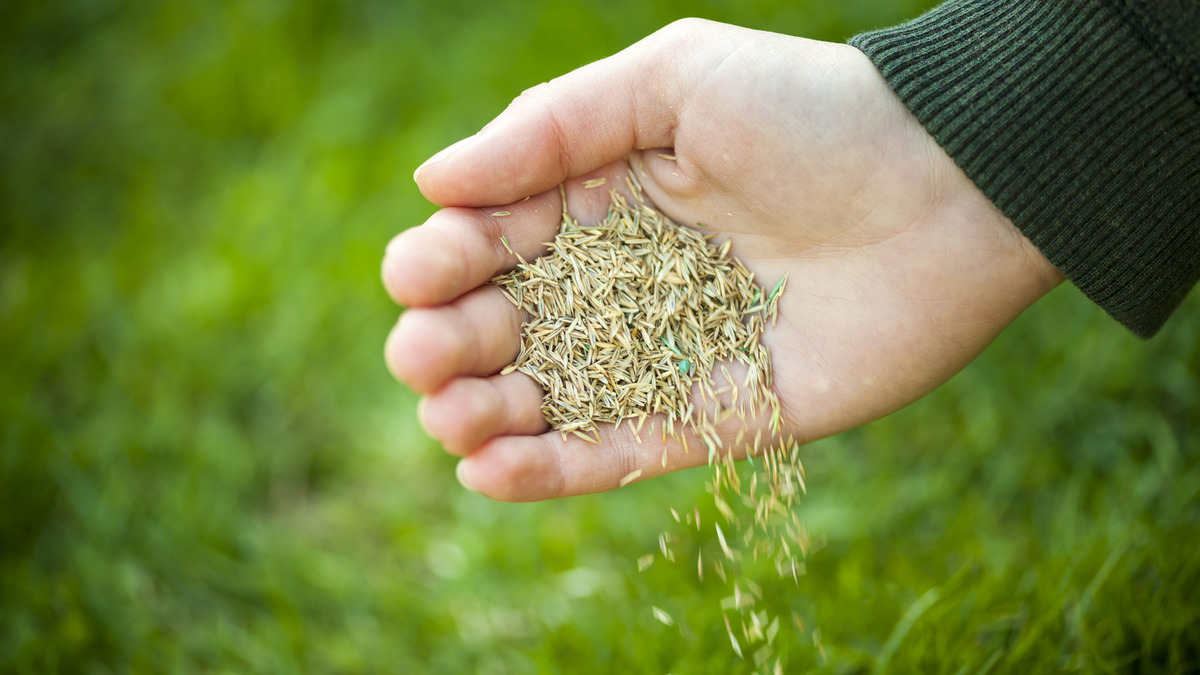

Landscaping Ideas
How To Lay Seed For Grass
Modified: August 17, 2024
Learn the best landscaping ideas for laying seed for grass and achieve a lush, green lawn with our expert tips and techniques. Improve your outdoor space with our comprehensive guide.
(Many of the links in this article redirect to a specific reviewed product. Your purchase of these products through affiliate links helps to generate commission for Storables.com, at no extra cost. Learn more)
Introduction
Welcome to the world of landscaping, where the lush green of a well-maintained lawn can transform any outdoor space into a picturesque haven. One of the most crucial aspects of cultivating a vibrant, healthy lawn is the proper seeding of grass. Whether you’re starting from scratch or rejuvenating an existing lawn, the process of laying seed for grass requires careful planning, attention to detail, and a touch of gardening finesse.
In this comprehensive guide, we’ll walk you through the essential steps to successfully lay seed for grass, from preparing the soil to nurturing the seedlings into a flourishing carpet of green. By the end of this journey, you’ll be equipped with the knowledge and confidence to embark on your own grass-seeding adventure, ultimately reaping the rewards of a verdant and inviting outdoor space.
Key Takeaways:
- Prepare the soil by clearing debris, testing pH levels, and adding nutrients. Choose the right grass seed based on climate, sunlight, and maintenance preferences for a vibrant and enduring lawn.
- Spread the seed evenly, water lightly but frequently, and monitor germination. Provide ongoing care with regular watering, weed monitoring, and gradual transition to routine maintenance for a lush and resilient lawn.
Read more: How To Lay Grass
Step 1: Preparing the Soil
Before embarking on the process of laying seed for grass, it’s crucial to prepare the soil to create an optimal environment for seed germination and growth. Here’s how to get started:
- Clear the Area: Begin by clearing the area of any debris, such as rocks, branches, and weeds. This ensures that the soil is free from obstructions that could impede the growth of the newly seeded grass.
- Test the Soil: Conduct a soil test to assess its pH levels and nutrient composition. This information will guide you in determining the necessary amendments to create a fertile foundation for the grass seed.
- Aerate the Soil: Aerating the soil promotes better air and water circulation, which is essential for healthy root development. Use a garden fork or aerator to perforate the soil, especially in compacted areas.
- Amend the Soil: Based on the results of the soil test, amend the soil with organic matter, such as compost or well-rotted manure, to improve its structure and fertility. Additionally, add any necessary nutrients, such as nitrogen, phosphorus, and potassium, to address deficiencies identified in the soil test.
- Level the Surface: Use a rake to level the soil surface, ensuring a uniform and smooth base for seeding. This step is essential for achieving an even and consistent lawn appearance once the grass seed germinates.
By meticulously preparing the soil, you set the stage for successful grass seed germination and robust growth, laying the groundwork for a thriving and visually appealing lawn.
Step 2: Choosing the Right Seed
When it comes to laying seed for grass, selecting the right seed variety is a pivotal decision that directly impacts the appearance, resilience, and maintenance requirements of your lawn. Here’s how to make an informed choice:
- Consider Your Climate: Different grass species thrive in varying climates. Determine whether your region experiences warm or cool seasons, as this will influence the type of grass seed best suited for your lawn. Warm-season grasses, such as Bermuda and Zoysia, flourish in hot climates, while cool-season grasses like Kentucky bluegrass and fescue are well-adapted to colder regions.
- Assess Sunlight Exposure: Evaluate the amount of sunlight your lawn receives throughout the day. Some grass species, like fine fescue, tolerate shade, while others, such as Bermuda grass, thrive in full sun. Choosing a seed variety that matches your lawn’s sunlight conditions is essential for promoting healthy growth.
- Consider Maintenance Preferences: Reflect on your maintenance preferences and the level of foot traffic your lawn is expected to endure. For instance, if you desire a low-maintenance lawn, consider grass varieties with minimal water and mowing requirements, such as Buffalo grass or tall fescue.
- Blend Grass Varieties: In some cases, blending different grass varieties can offer the benefits of each type, such as improved resilience and aesthetic appeal. For example, a blend of Kentucky bluegrass and perennial ryegrass combines the former’s lush appearance with the latter’s rapid germination and wear tolerance.
- Quality Seed Selection: Opt for high-quality grass seed from reputable suppliers. Look for seed varieties with high germination rates, low levels of weed seeds, and minimal inert matter, ensuring that you’re investing in premium seed for optimal results.
By carefully considering these factors and selecting the most suitable grass seed for your lawn’s unique requirements, you pave the way for a vibrant and enduring green expanse that enhances the beauty of your outdoor space.
Step 3: Spreading the Seed
With the soil prepared and the ideal grass seed selected, it’s time to embark on the crucial step of spreading the seed to initiate the growth of your new lawn. Follow these essential guidelines to ensure an even and successful seed distribution:
- Choose the Right Time: Timing is key when it comes to seeding your lawn. Aim to sow the grass seed during the optimal growing season for your chosen grass variety, typically in the early fall or spring when the soil is warm and moisture levels are conducive to germination.
- Calibrate Seed Application: Use a seed spreader to accurately distribute the grass seed across the prepared soil. Adjust the spreader settings according to the recommended seeding rate for your specific grass type, ensuring uniform coverage without over- or under-seeding.
- Employ Proper Technique: Divide the seed into two equal portions and spread half in one direction across the area, then spread the remaining half perpendicular to the initial direction. This crisscross pattern helps achieve comprehensive coverage and minimizes the risk of uneven patches in the emerging lawn.
- Rake and Press the Seed: Gently rake the seeded area with a garden rake to lightly cover the seeds with soil, promoting good seed-to-soil contact. Afterward, use a lawn roller or tamper to press the seeds into the soil, aiding in moisture retention and enhancing germination rates.
- Protect and Water: To safeguard the newly seeded area from birds and other pests, cover it with a thin layer of straw or mulch. Water the seeded area lightly but frequently, keeping the soil consistently moist but not waterlogged to support the germination and establishment of the grass seedlings.
By diligently following these steps, you set the stage for the successful germination and growth of your newly laid grass seed, ultimately nurturing the emergence of a lush and vibrant lawn.
Water the area thoroughly before laying the seed to ensure the soil is moist. This will help the seeds establish and germinate more effectively.
Step 4: Watering and Care
After spreading the grass seed, the next critical phase involves providing the appropriate watering and care to facilitate the germination and establishment of the seedlings. Here’s how to nurture your newly seeded lawn for optimal growth:
- Establish a Watering Schedule: Maintain consistent soil moisture by watering the newly seeded area lightly two to three times daily. Avoid heavy watering that could lead to soil erosion or waterlogging, and aim to keep the soil consistently moist without allowing it to dry out.
- Monitor Germination Progress: Keep a close eye on the seeded area for signs of germination, which typically occurs within 7 to 21 days, depending on the grass variety. Once the grass seedlings emerge, gradually reduce the frequency of watering while increasing the amount of water applied during each session.
- Adjust Watering Frequency: As the grass seedlings develop, transition to a deeper but less frequent watering schedule to encourage robust root growth. This helps the young grass establish a strong and resilient foundation, enhancing its ability to withstand environmental stressors.
- Implement Proper Mowing Practices: Once the grass reaches a height of approximately 3 inches, it’s time for the inaugural mowing. Set the mower blade to a height that removes no more than one-third of the grass blade’s length, promoting healthy growth and preventing stress on the young seedlings.
- Apply Starter Fertilizer: Consider applying a starter fertilizer specifically formulated for newly seeded lawns to provide essential nutrients that support healthy root development and overall growth. Follow the manufacturer’s instructions for application rates and timing.
By diligently tending to the watering and care needs of your newly seeded lawn, you foster the development of a robust and resilient grass carpet, setting the stage for a flourishing and visually captivating outdoor space.
Read more: How To Lay Grass Mats
Step 5: Maintenance and Growth
As your newly seeded lawn begins to flourish, ongoing maintenance and attentive care are essential to nurture its growth and ensure long-term vitality. Here’s how to maintain and support the development of your burgeoning grass:
- Regular Watering: Sustain a consistent watering regimen, ensuring that the soil remains adequately moist to support the continued growth and establishment of the grass. Adjust the watering schedule based on weather conditions, aiming to provide approximately 1 inch of water per week, including rainfall.
- Monitor for Weeds: Keep a watchful eye for the emergence of weeds in the newly seeded lawn. Promptly address any weed growth through hand-pulling or spot treatment with a suitable herbicide to prevent competition for resources and space that could hinder the grass’s development.
- Gradual Transition to Routine Maintenance: As the grass matures, gradually transition to standard lawn care practices, including regular mowing, fertilization, and weed control. Follow recommended mowing heights and frequencies for your specific grass variety to promote healthy growth and a lush, well-manicured appearance.
- Nourish with Fertilization: Provide the grass with essential nutrients by applying a balanced fertilizer at appropriate intervals, typically during the growing season. Select a fertilizer tailored to the specific needs of your grass type and adhere to recommended application rates to support vigorous growth and vibrant color.
- Address Bare or Thin Areas: If any sections of the lawn exhibit sparse growth or bare patches, overseed these areas to promote uniform coverage and density. Prepare the soil, apply grass seed, and follow the same watering and care practices as during the initial seeding process.
By consistently tending to the maintenance needs of your growing lawn and providing attentive care, you contribute to the development of a luxuriant and resilient grassscape that enhances the aesthetic appeal and enjoyment of your outdoor environment.
Conclusion
Congratulations on embarking on the gratifying journey of laying seed for grass and nurturing the growth of a lush and vibrant lawn. By following the comprehensive steps outlined in this guide, you’ve equipped yourself with the knowledge and expertise to cultivate a verdant outdoor space that beckons with its natural beauty and inviting allure.
From meticulously preparing the soil to selecting the ideal grass seed, spreading it with precision, and providing attentive care and maintenance, each stage of the grass-seeding process plays a pivotal role in shaping the emergence of a thriving and visually captivating lawn. As you witness the transformation of the seeded area into a flourishing expanse of green, take pride in the dedication and care you’ve invested in fostering its growth.
Remember that the journey doesn’t end with the initial establishment of the grass. Ongoing maintenance, watering, and nurturing are essential to sustain the health and vitality of your lawn, ensuring that it remains a source of natural splendor and enjoyment for years to come.
As you continue to tend to your growing lawn, relish the beauty of the evolving landscape and the sense of accomplishment that accompanies each new blade of grass. Your dedication to creating and maintaining a vibrant and inviting outdoor space serves as a testament to the transformative power of landscaping and the enduring allure of nature’s green embrace.
Embrace the joy of witnessing your grass seedlings mature into a resplendent lawn, and revel in the tranquil retreat that your outdoor oasis provides. May your journey of nurturing and cultivating your lawn be filled with the simple pleasures of nature and the gratification of witnessing the fruits of your labor flourish in the form of a thriving and captivating grassscape.
Frequently Asked Questions about How To Lay Seed For Grass
Was this page helpful?
At Storables.com, we guarantee accurate and reliable information. Our content, validated by Expert Board Contributors, is crafted following stringent Editorial Policies. We're committed to providing you with well-researched, expert-backed insights for all your informational needs.
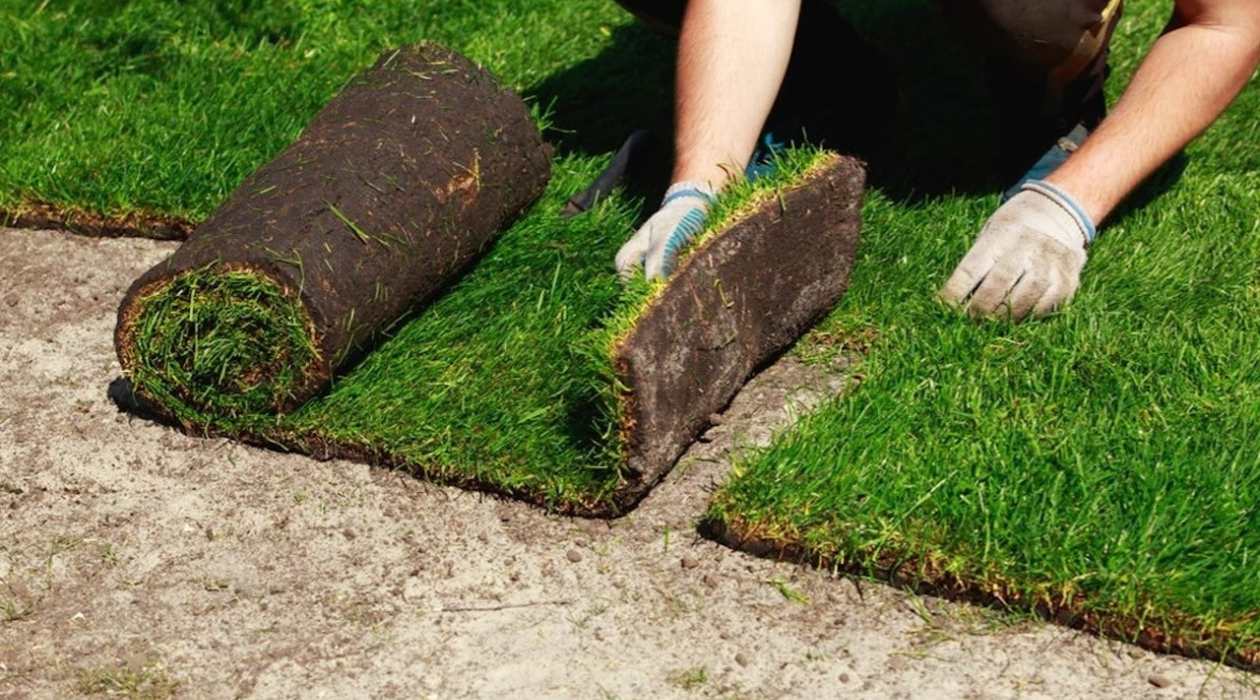


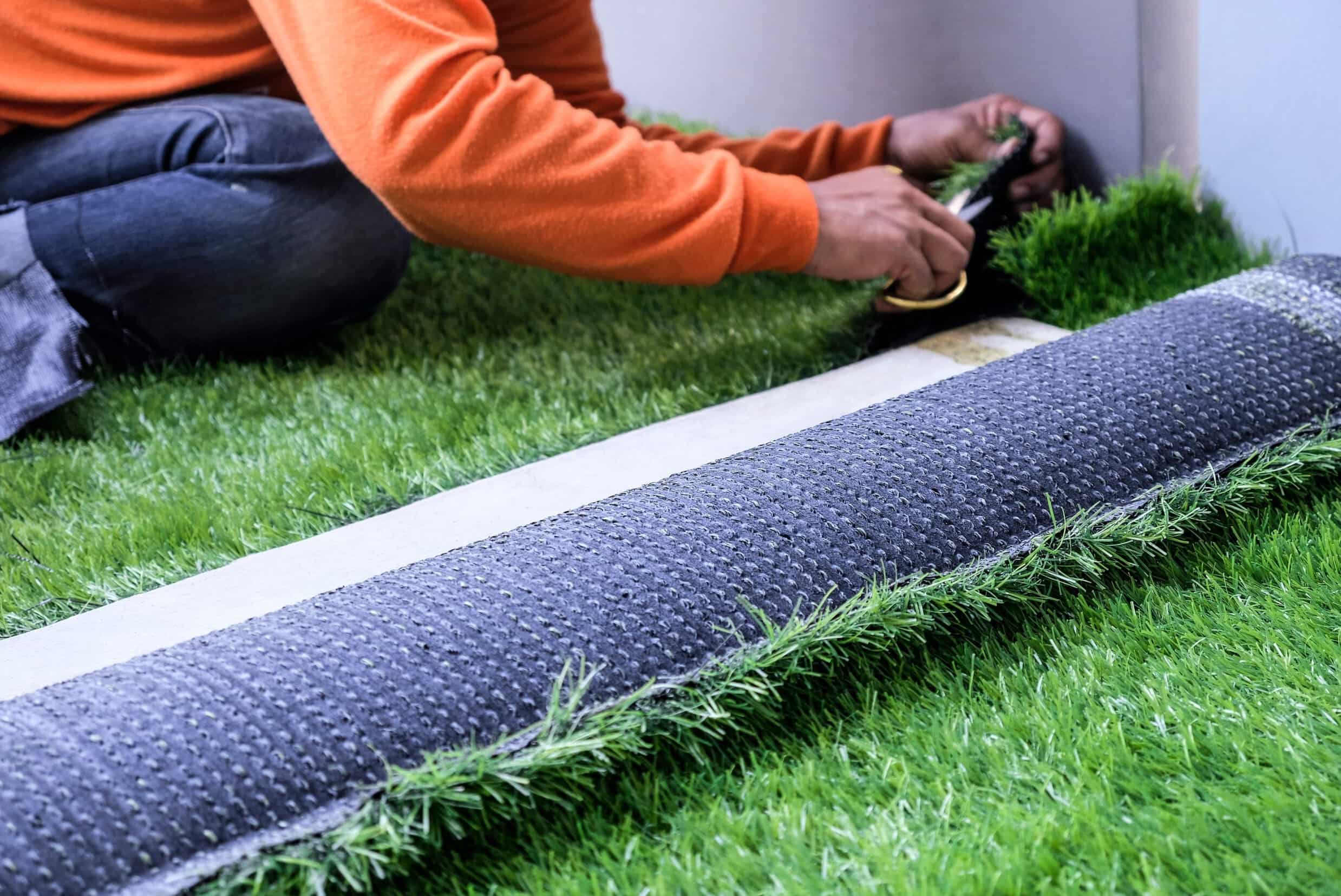

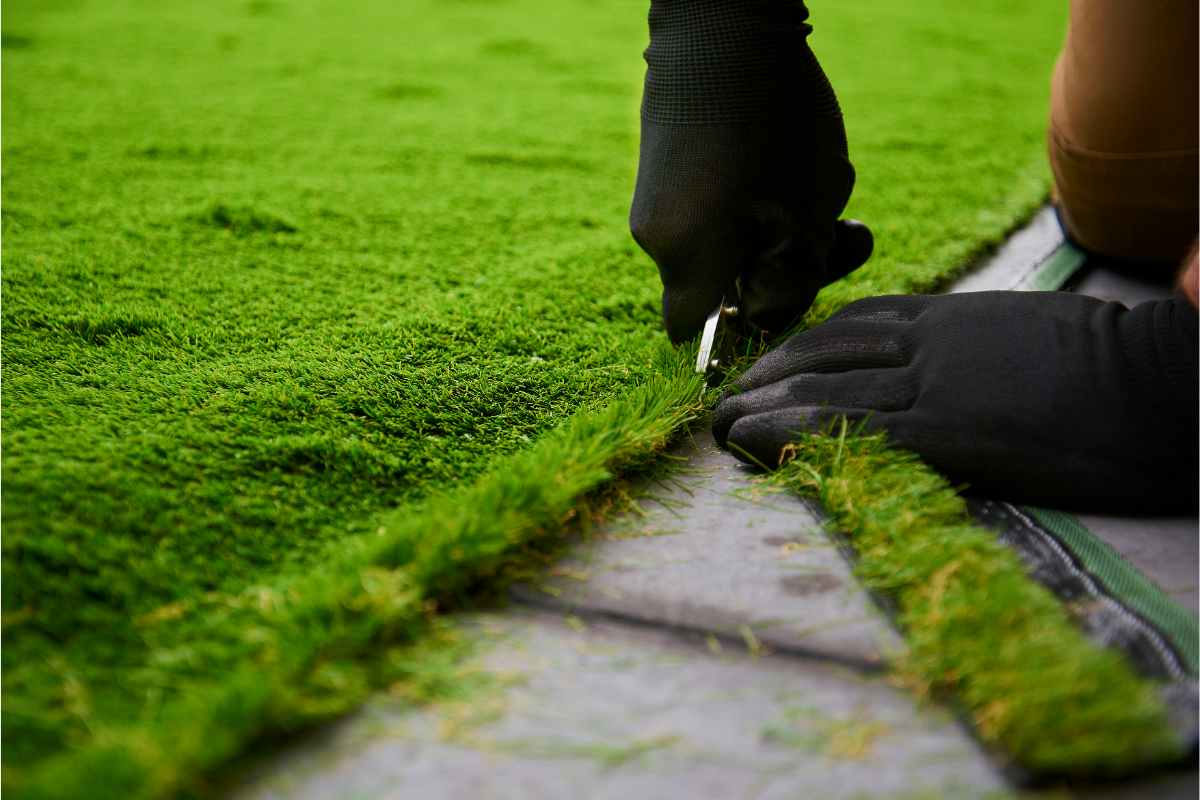





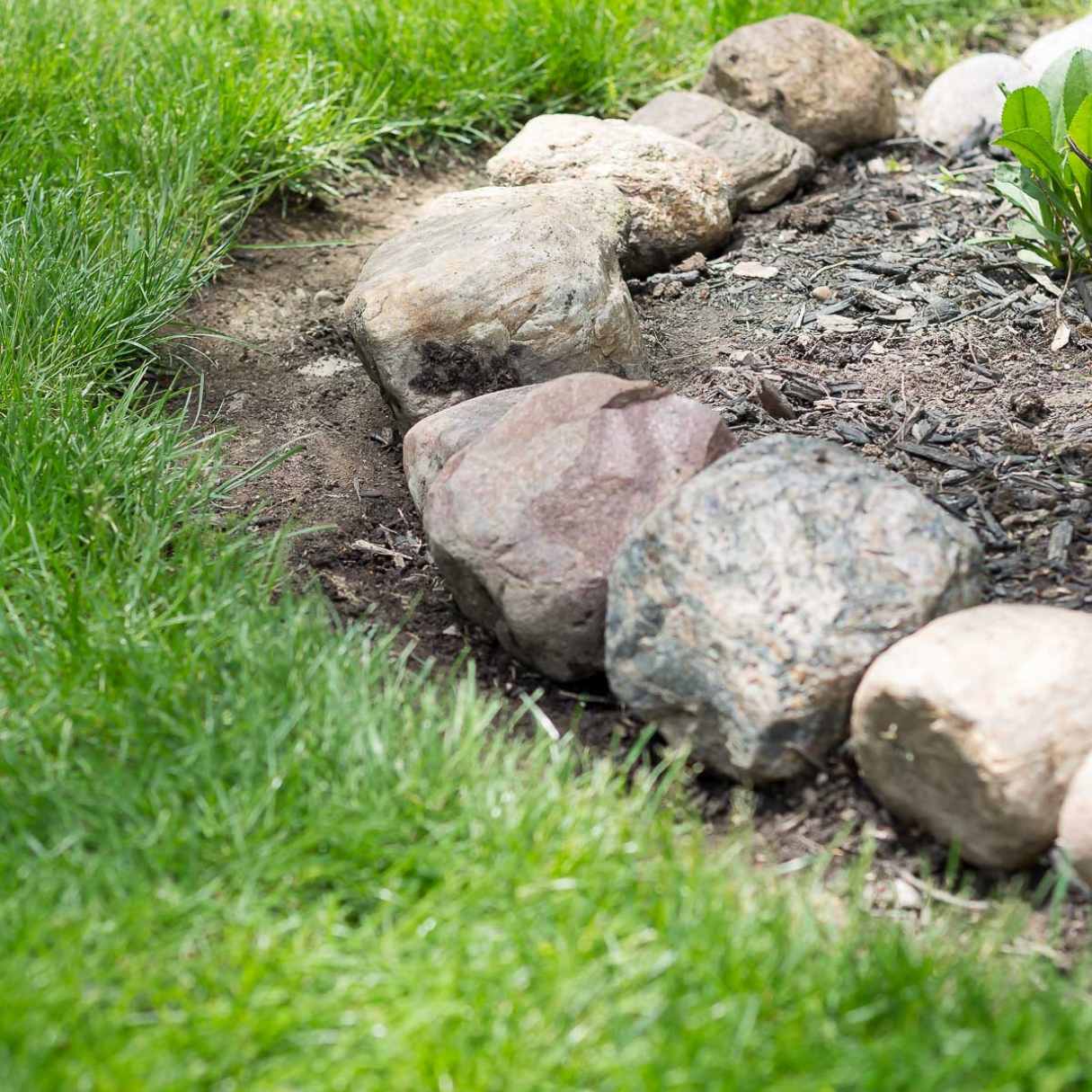
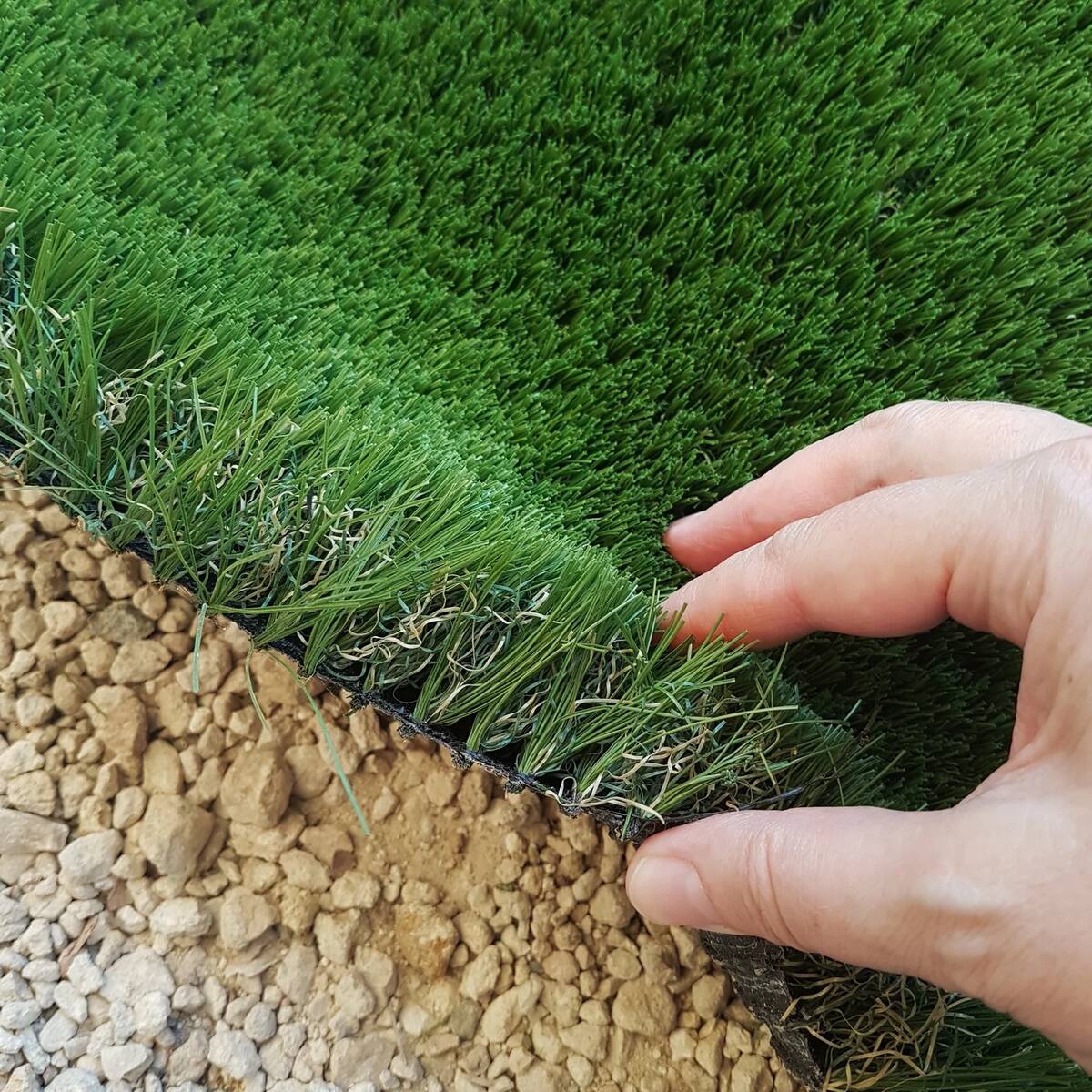
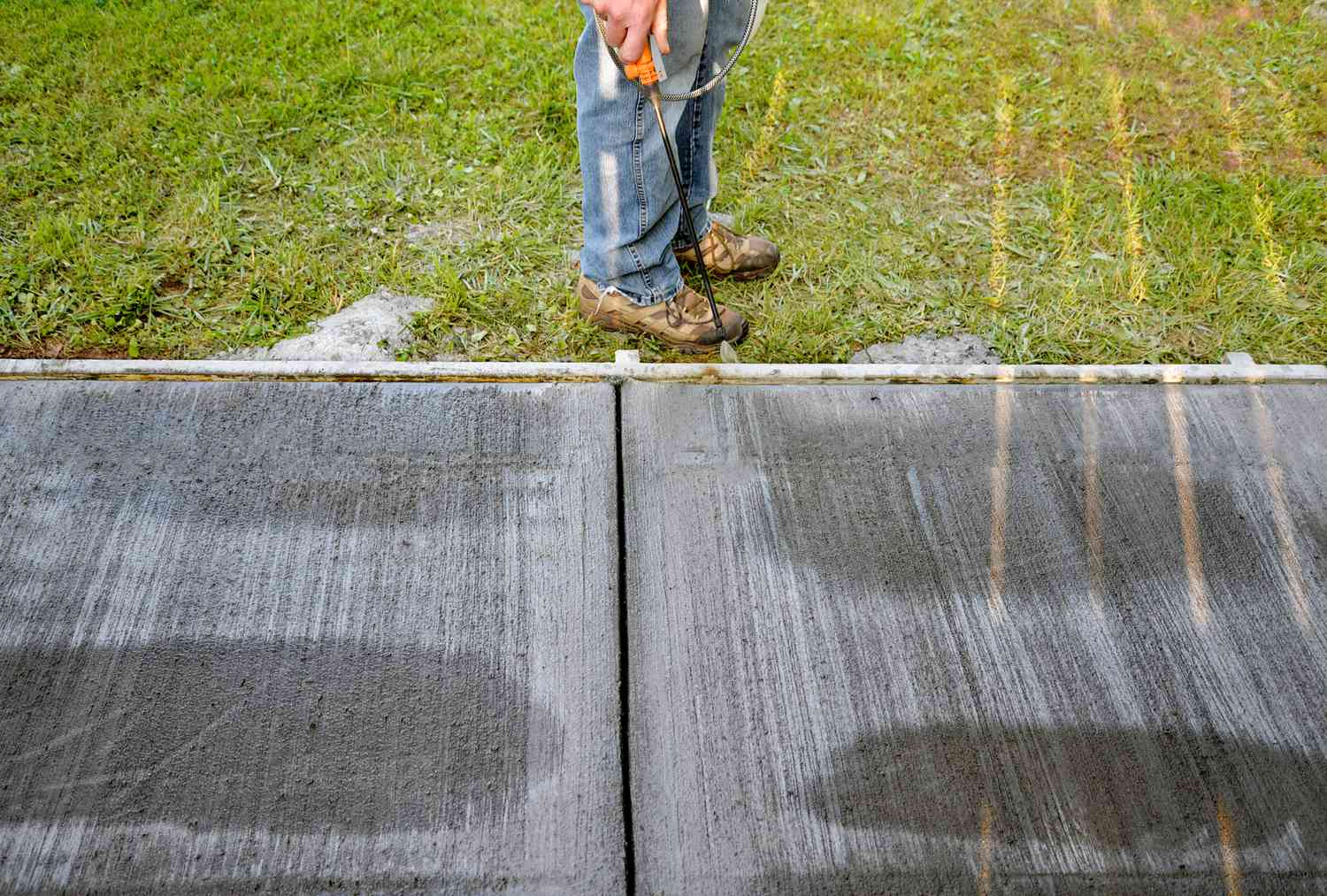

0 thoughts on “How To Lay Seed For Grass”